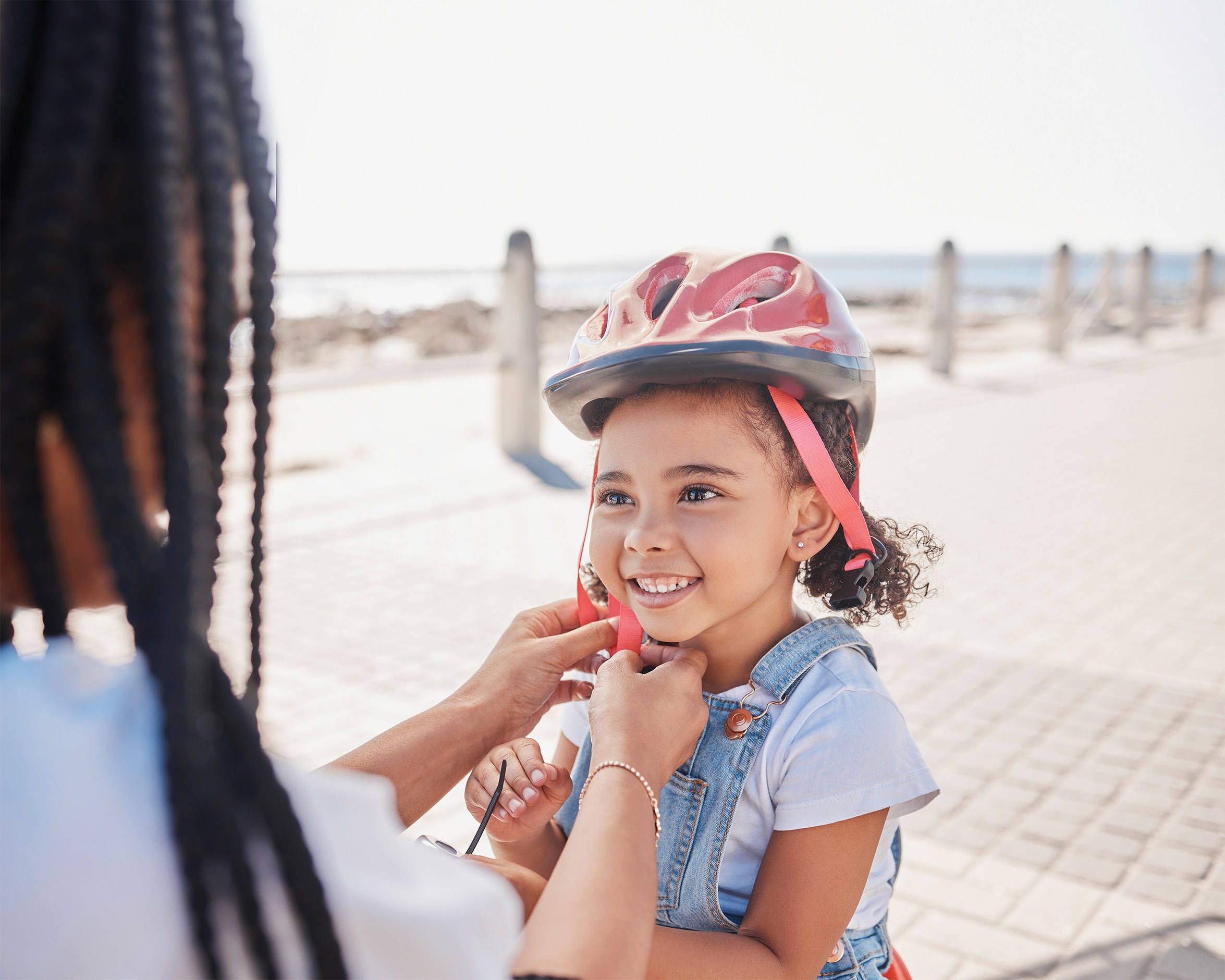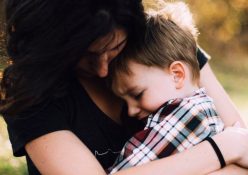In honour of National Child Protection Week (29 May – 5 June), we look at how to keep our kids safe while equipping them with the skills they need in life.
There’s a saying that parents should give their children two things: roots to know where home is, and wings so they can fly off to live their own lives. It can be tricky to get the balance right between providing a stable, safe foundation (the roots) while giving your child the confidence to explore, learn and grow (the wings).
“Becoming a parent is a big challenge for anyone and although mostly rewarding, parenting can be difficult and demanding,” says Childline SA, which operates a free 24/7 helpline for children and concerned adults and provides online counselling.
“Even though you may think about your child with love and affection, you may still feel unsure of yourself and question your parenting skills,” according to Childline‘s free parenting guide, which gives practical advice and the reassurance that there’s no single ‘best way’ to raise children.
While South Africa can be a beautiful place for families, it’s also burdened with social problems such as inequality and high crime, with chilling statistics of violence against children. So, how can parents protect and prepare their little ones for this reality?
Get the basics right
Children have the legal right to shelter, nutrition, education, healthcare and family care. In other words, it’s on you to provide a safe home (child-proofed for young kids), nourish your child with a healthy diet (less junk food and sugary drinks), send them to school, and keep them healthy with hygiene, routine vaccinations and health checks.
Watch out
Keep an eye on very young children, or ensure they have a caregiver, to avoid them getting hurt or lost. Always know where your child is and who they are with. Thanks to technology, you can now attach an Apple AirTag to your child’s backpack and track them via the `Find Me’ service. You can monitor older kids by giving them smartwatches or phones. Many SA parents with teenagers use location-sharing apps such as Life360 for emergencies and peace of mind when travelling alone or at night.
Set clear rules
“Children need to understand what is and is not acceptable. Make sure they know why rules are needed – and that if they are broken, there will be consequences,” says Childline. “Remember that shouting, name-calling and threatening can damage a child psychologically just as much as hitting can. Criticise the behaviour, not the child.” (For example, say “Please tidy your room” rather than “You’re such an untidy child.”)
Knowing what’s right or wrong can also help children say ‘no’ when others behave inappropriately towards them – sidestepping unsafe situations that could include exposure to substances, bullying or sexual abuse.
Be safe online
To enforce your rules on screen time and to flag potentially dangerous online activity, you can monitor your child’s phone and devices with mobile apps (such as Google Family Link or Bark). FYI Play It Safe tracks social-media use, alerting you when it detects signs of cyberbullying, self-harm, suicidal thoughts or online grooming by sexual predators. It’s important to respect your child’s privacy by discussing with them how you’ll use these apps. Tracking apps should be for safety, not snooping on them.
Teach problem-solving
“Naturally, parents want to keep their kids safe. But eliminating all risks could rob kids of learning resiliency,” says Lynn Lyons, a US psychologist and author. The key is allowing appropriate risks and teaching your kids essential life skills, she says on Psych Central. “Start young. The child who’s going to eventually get his driver’s license will have started at age five, learning how to ride his bike and look both ways.”
Over-protecting kids only fuels their anxiety, warns Lynn. “When your child faces a challenge, engage with them to figure out how they can handle it. Give them the opportunity, over and over, to figure out for themselves what works and what doesn’t.”
Essentially, it all comes back to giving a child wings – by not shielding them from life’s challenges but teaching them to problem-solve and stand up for themselves.
Growing up in SA
► One third of South Africa’s population (20.9 million) is under 18 years old.
► One in every five children does not live with either of their biological parents.
► Only 17% of the poorest children have both parents living with them, while 73% of children in the wealthiest SA households live with both their parents.
► A study of SA adolescents (15-17 years old) showed that half had experienced corporal punishment at school, 26% had been physically hurt by an adult, 26% suffered some form of sexual abuse and 13% emotional abuse, while 12% faced neglect.
*Source: UCT Children’s Institute
By: Silke Colquhoun
Photography by: Shutterstock
Text courtesy of Club magazine
Also read: How to raise a confident and comfortable introverted child







